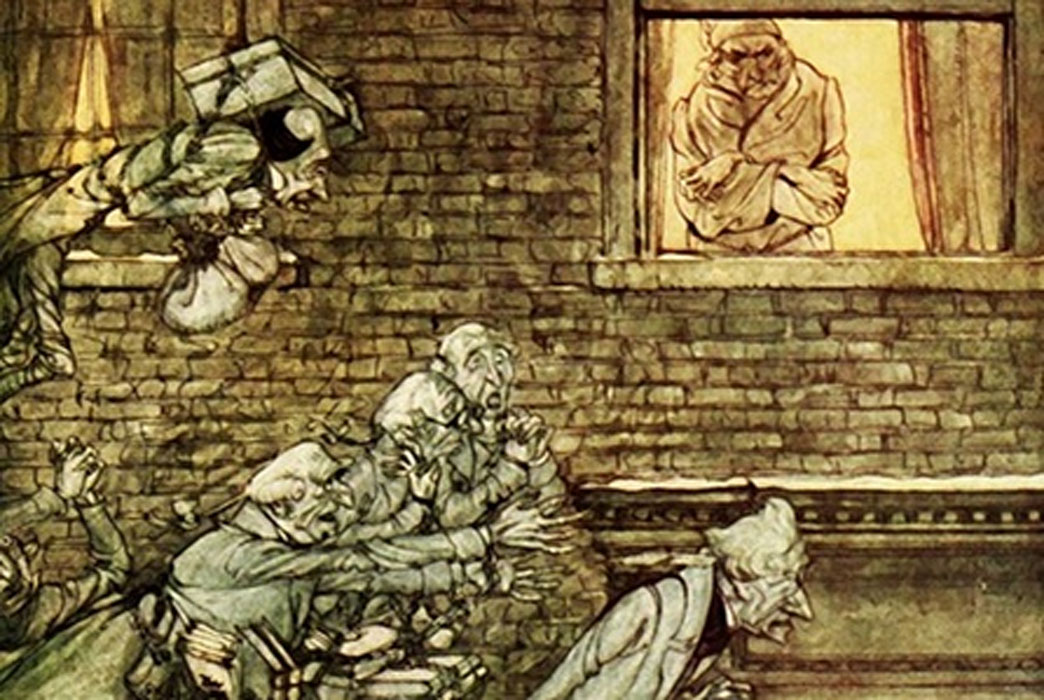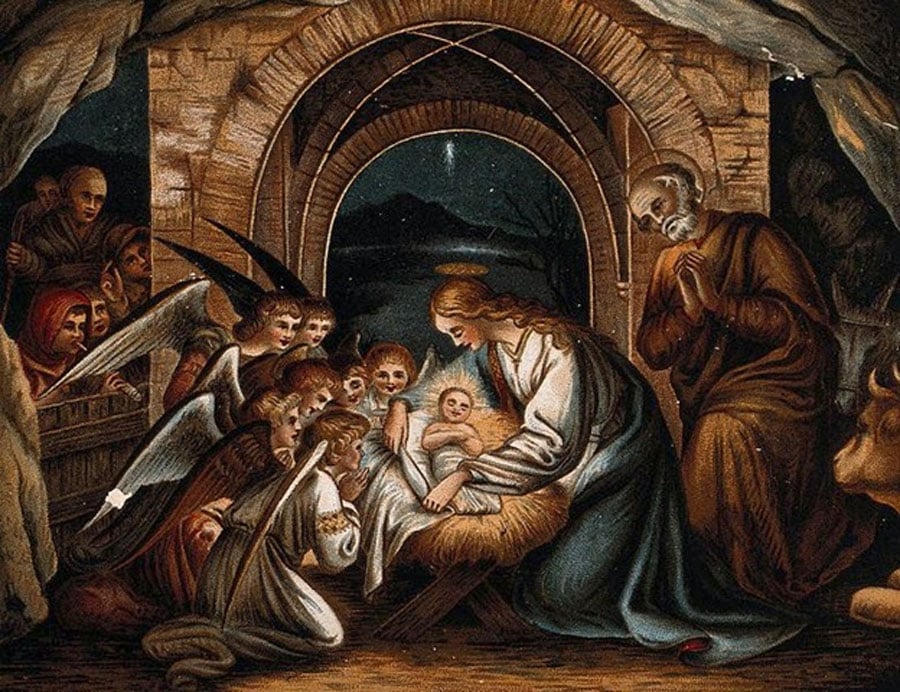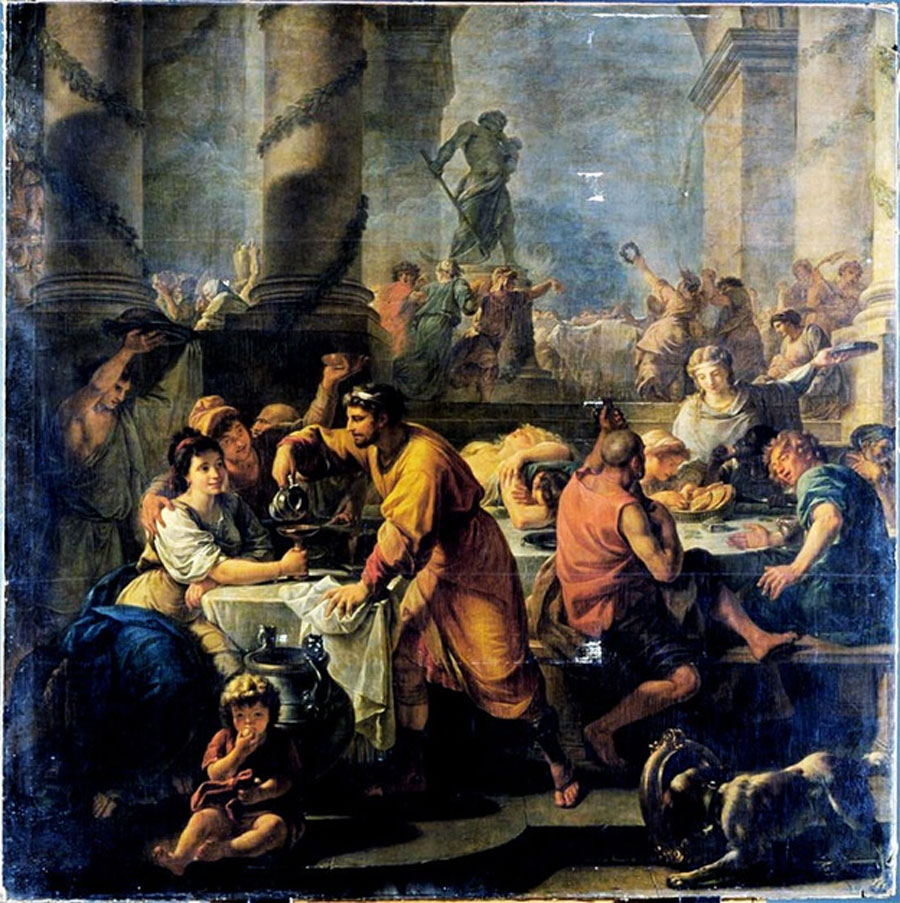
Come Over to the Dark Side of Christmas
The Festive Season - a time of peace and goodwill to all men. It is a message people in the Western World have grown up with since childhood. Except it is not. It one forgets the saccharine sentimentality and Christian moralizing and scratch beneath the surface, one will find Christmas has very deep pagan roots and an undercurrent of cruelty and violence.
25 December Birth of the Sun
The school nativity plays of Jesus Christ born in a stable in Bethlehem on the 25th of December is familiar to everyone. Except he was not. Nobody knows when he was born. The Bible’s New Testament provides no indication of the date on which Christ was born, while other aspects of the nativity story, such as the Roman census and the Massacre of the Innocents are historically implausible. For the sake of the argument of this article, it is assumed Christ was an actual historical character.

Angels pray at the birth of Christ, nativity (Wellcome Images / CC BY-SA 4.0)
What is known is the first account placing it on the 25th December, is the Calendar of Philocalus, produced in Rome in the year 354 AD. Although some accounts credit this to Pope Julius I, who was in office between 337 and 352. As historians, calculating the year of Jesus’ birth in relation to the reign of King Herod the Great, estimate he was born somewhere between 6 and 4 BC, this means nearly 360 years had elapsed before anyone worked out the day of his birth. Nevertheless, the date stuck and over the coming years, decades and centuries it spread throughout the early Christian church.
But why the 25th, if there is no historical evidence for it? According to the chronicler Scriptor Syrus, writing in the late 4th century: “It was a custom of the pagans to celebrate on the same 25 December the birthday of the Sun, at which they kindled lights in token of festivity. In these solemnities and revelries the Christians also took part. Accordingly, when the doctors of the Church perceived that the Christians had a leaning to this festival, they took counsel and resolved that the true Nativity should be solemnized on that day.”
In other words, there was already a pagan fire festival taking place on the 25th of December that many Christians also enjoyed, so rather than try to establish a rival event at a separate time, they just commandeered the date and made it their own event. The Christians therefore followed the same strategy of syncretism that Imperial Rome had followed for centuries with other people’s religions, namely merging one religious tradition with another.

Saturnalia by Antoine Callet (1783) (CC0)
But what was the pre-existing religious belief associated with the 25th? In fact there were several. Since the time of Julius Caesar, who had reorganized the calendar to what is still known the Julian Calendar, the 25th had been associated with the Winter Solstice, the shortest day. The Romans, it should be noted, did not know how to exactly calculate the Solstice and, prior to Caesar, it had been set at various dates between the 23rd and 26th. The word ‘solstice’ stems from two Latin-language morphemes: sol (sun) and stitium (stoppage) meaning the Sun appears to stand still in the same place for several days.




